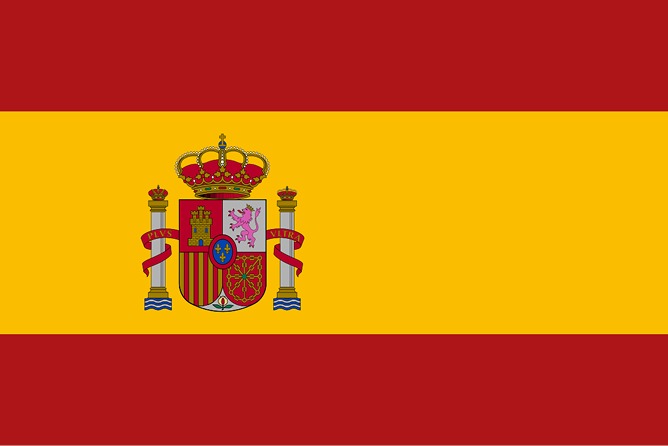We can't find the internet
Attempting to reconnect
Something went wrong!
Hang in there while we get back on track
Plant succession, landscape management, and the ecology of frugivorous birds in abaandoned Amazonian pastures
01/04/96| Título | Plant succession, landscape management, and the ecology of frugivorous birds in abaandoned Amazonian pastures |
|---|---|
| Autores | Jose Maria Cardoso da Silva Christopher Uhl Gregory Murray |
| Ano de publicação | Obrigatório |
| Meio de publicação | Conservation Biology (Vol. 10, No. 2, Apr. 1996, pp. 491-503) |
Abstract From towers constructed at the interface between second-growth forest and an active and an abandoned pasture, we observed inter-habitat movements of fruit-eating birds in eastern Amazonia. The abandoned pasture was composed of grasses and forbs with a scattering of shrubs and small trees. The active pasture contained a low, uniform bed of grass. A total of 47 frugivorous bird species was recorded in the second-growth forest. We observed that 18 of these species frequented the adjacent abandoned pasture but only 3 were found in the adjacent active pasture. Fruit-eating birds flying from second-growth forest typically spent only a few minutes in the abandoned pasture, and their movements were generally restricted to a pasture belt of 1-80 m along the border with the second-growth forest. Most inter-habitat movement occurred during the rainy season, which coincided with a peak in fruit availability in the abandoned pasture. Just three bird species, Ramphocelus carbo, Tachyphonus rufus, and Thraupis episcopus, accounted for an estimated 70% of the total movement of frugivores between the second-growth forest and the abandoned pasture. All three species spent most of their time in the abandoned pasture foraging on shrubs and trees but exhibited differences in their preference for specific habitat elements and in their seed-defecation habits. An understanding of bird behaviors in altered landscapes provides important information to planners and policy makers concerned with protecting regional biodiversity and maintaining landscape integrity. This research provides a rationale for placing limits on the size of clearings in the Brazilian Amazon.
 PT
PT
 ES
ES
 EN
EN

